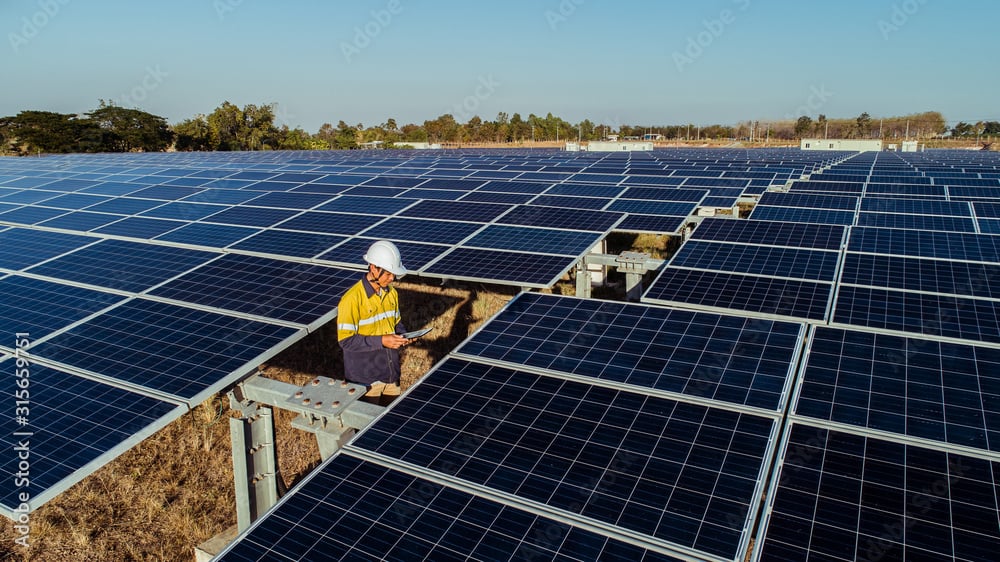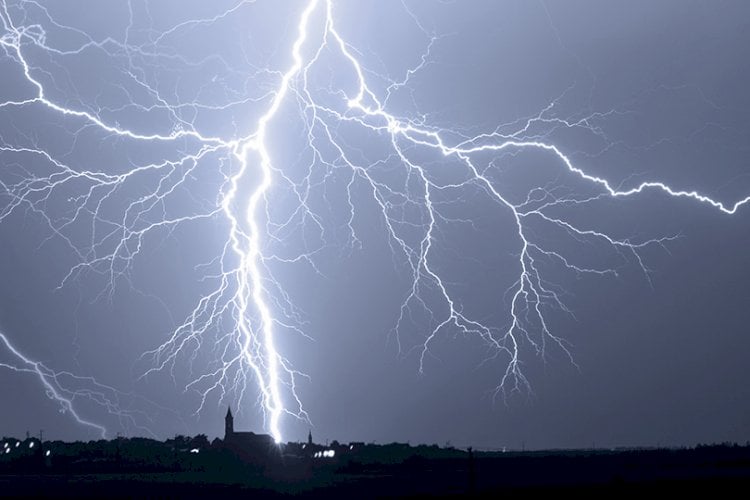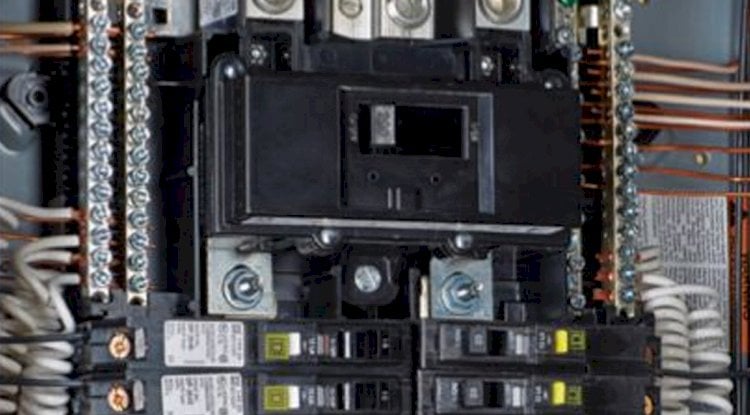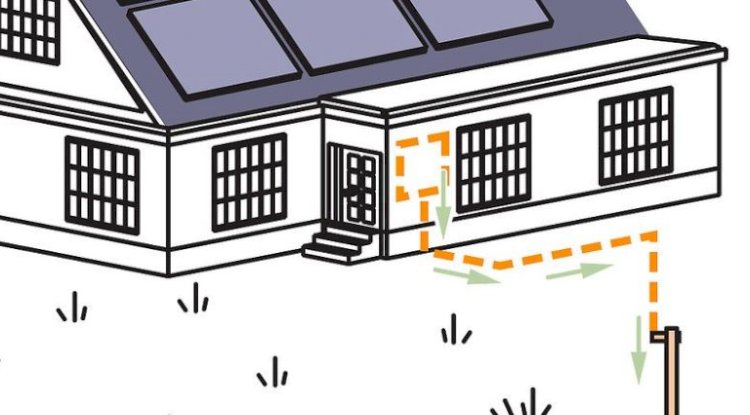When Does Your Solar Project Need to Follow Power Plant Rules? Understanding Critical Regulatory Thresholds
Published by E&S Grounding Solutions
As electrical engineers and grounding professionals, we often field questions from clients about when their solar installations will face the same complex regulatory requirements as major power plants. The answer isn't always straightforward, but understanding these critical thresholds can save your projects significant time, money, and regulatory headaches.
The 20 MW Game Changer
Here's the bottom line: once your solar installation hits 20 MW, you're no longer dealing with simplified residential or commercial procedures. At this threshold, the Federal Energy Regulatory Commission (FERC) requires your project to follow Large Generator Interconnection Procedures (LGIP) – the same complex regulatory framework that governs conventional power plants.
What does this mean practically? Instead of a 6-12 month interconnection process, you're looking at 2-4 years. Instead of standardized technical screens, you need comprehensive system impact studies, facilities studies, and potentially millions of dollars in grid upgrades. Your project has officially entered utility-scale territory with all the regulatory complexity that entails.
The Regulatory Ladder: Understanding Each Rung
Think of solar regulation as a ladder with distinct rungs, each with its own requirements:
Rung 1: Residential Scale (≤10 kW)
- Reality: Simplified procedures, minimal oversight
- Timeline: 30-60 days for interconnection approval
- Requirements: Basic safety standards, UL 1741 listed equipment
- Grounding Considerations: Standard residential grounding practices apply
Rung 2: Small Commercial (10 kW - 2 MW)
- Reality: Technical screens and streamlined procedures
- Timeline: 60-120 days
- Requirements: Enhanced technical standards, potential fast-track approval
- Grounding Considerations: Commercial grounding standards, potential for enhanced protection requirements
Rung 3: Large Commercial (2 MW - 20 MW)
- Reality: Study-based procedures become mandatory
- Timeline: 6-18 months
- Requirements: Interconnection studies, system impact assessments
- Grounding Considerations: Utility-grade grounding systems, coordination with utility protection schemes
Rung 4: Utility Scale (≥20 MW)
- Reality: Full large generator procedures
- Timeline: 2-4 years
- Requirements: Comprehensive NERC compliance, FERC oversight
- Grounding Considerations: Power plant-level grounding design, electromagnetic compatibility studies
Why Grounding Professionals Should Care
As grounding specialists, these thresholds directly impact our work in several critical ways:
System Design Complexity: A 19 MW solar farm requires significantly different grounding considerations than a 21 MW facility. Once you cross into utility-scale territory, you're dealing with:
- Enhanced fault current calculations
- Coordination with utility protection systems
- Potential for electromagnetic interference studies
- Step and touch potential analyses for larger ground grids
Timeline and Budget Implications: Understanding these thresholds helps us advise clients on realistic project timelines and budgets. A client planning a 25 MW solar farm needs to know they're looking at a multi-year development process, not the months they might expect from smaller installations.
Regulatory Coordination: Larger installations require coordination with multiple regulatory bodies. We often find ourselves working with FERC, state public utility commissions, and local authorities simultaneously – each with their own grounding and safety requirements.
The 5 MW "Soft Threshold"
While 20 MW is the hard federal threshold, many industry professionals recognize 5 MW as a "soft threshold" where projects begin to face utility-scale treatment:
- State siting approval may be required
- Environmental impact assessments become common
- Enhanced interconnection procedures often apply
- Property tax treatment may change to utility classification
For grounding design, this often means transitioning from commercial-grade to utility-grade standards, even if full FERC oversight doesn't apply until 20 MW.
State-Level Variations: The Plot Thickens
While federal thresholds provide the framework, states add their own layers of complexity:
California: Enhanced procedures kick in at 1 MW, with full California Energy Commission oversight at 50 MW.
Texas: ERCOT interconnection studies required at 2 MW, with Public Utility Commission jurisdiction for merchant plants at 10 MW.
New York: Article 10 siting process applies at 25 MW, creating another significant regulatory hurdle.
These state variations mean that a 15 MW project in New York faces very different requirements than the same project in Texas or California.
Practical Advice for Your Next Solar Project
For Residential and Small Commercial Projects (≤2 MW):
- Focus on meeting simplified interconnection criteria
- Ensure compliance with IEEE 1547 and UL 1741 standards
- Design grounding systems to commercial standards
- Plan for 2-6 month development timelines
For Large Commercial Projects (2-20 MW):
- Budget for interconnection studies and potential grid upgrades
- Engage with utilities early in the design process
- Consider utility-grade grounding design standards
- Plan for 6-18 month development timelines
For Utility-Scale Projects (≥20 MW):
- Engage regulatory counsel and interconnection consultants early
- Design to power plant standards from the beginning
- Budget for comprehensive grounding and electromagnetic studies
- Plan for 2-4 year development timelines
The Bottom Line for Electrical Professionals
Understanding these regulatory thresholds isn't just academic – it's essential for providing accurate advice to clients and designing systems that meet the appropriate standards from day one. A grounding system designed for a 15 MW project might be completely inadequate if the client later decides to expand to 25 MW.
At E&S Grounding Solutions, we've seen too many projects face costly redesigns because these thresholds weren't considered early in the development process. Whether you're designing a rooftop installation or a utility-scale solar farm, understanding where your project falls on the regulatory ladder helps ensure you're designing to the right standards from the start.
Looking Ahead: Regulatory Evolution
The solar industry continues to evolve rapidly, and regulatory frameworks are struggling to keep pace. We're seeing discussions about raising some thresholds to accommodate larger distributed generation, while other jurisdictions are implementing more stringent requirements for smaller systems.
For electrical professionals, staying informed about these changes is crucial. What's considered a "small" generator today might face enhanced requirements tomorrow, and projects designed to current standards need to anticipate future regulatory evolution.
Need Expert Guidance?
Navigating solar regulatory requirements can be complex, especially when grounding and electrical safety are involved. At E&S Grounding Solutions, we specialize in helping clients understand these requirements and design systems that meet all applicable standards.
Whether you're planning a small commercial installation or a utility-scale solar farm, our team can help ensure your grounding design meets current requirements and anticipates future regulatory changes. Contact us to discuss your next solar project and how we can help you navigate the regulatory landscape successfully.
---
E&S Grounding Solutions specializes in electrical grounding system design and analysis for solar installations of all sizes. With expertise in both residential and utility-scale projects, we help clients navigate complex regulatory requirements while ensuring safety and compliance. Contact us at (310) 318-7151 or visit www.esgrounding.com to learn more about our solar grounding services.
When Does Your Solar Project Need to Follow Power Plant Rules? Understanding Critical Regulatory Thresholds
by E&S Engineering Team | Jun 27, 2025

Want More?
Get the latest ground solution tips sent straight to your inbox




